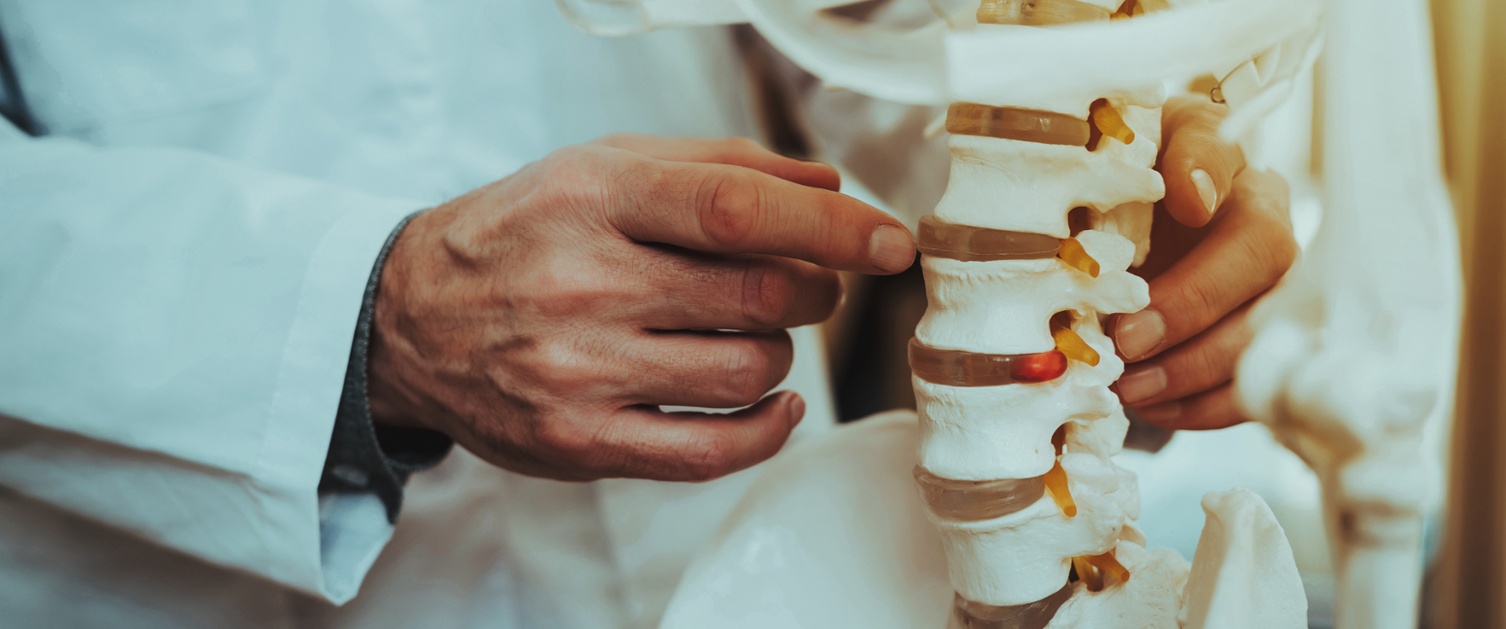Bone Heath Matters

Falls are a leading cause of fragility fractures, so we want to raise awareness of some of the risk factors for osteoporosis during Falls Awareness Week 2024
What is osteoporosis?
The word ‘osteoporosis’ means ‘porous bone’. Osteoporosis is a condition where the bones become weaker and break easily, even after a minor bump or fall
Who is affected by osteoporosis?
Predominantly people over 50 years old, but it can occur in younger people with conditions causing low bone density. Women are more likely to suffer with osteoporosis, with 50% over 50 years old likely suffer a fracture compared to 20% of men over 50
What are the main risk factors for osteoporosis?
- Family history
- Over 50 years old
- Menopause/ early menopause
- Medical conditions like Rheumatoid arthritis and anorexia
- Long term use of glucocorticoid steroids such as Prednisolone
- Low body weight
- Alcohol and smoking can slow down generation of new bone cells
What are the signs and symptoms?
- A broken bone- Hip, Wrist and Vertebrae fractures are particularly common with osteoporosis. This can occur as a result of a fall or trauma but can also happen spontaneously due to fragility.
- Unexplained back pain- New or sudden onset back pan, usually but not limited to around the mid back can be an indication of an undiagnosed vertebral fracture.
- Curvature of the spine can be evidence of a current or healed spinal fracture
What can you do?
- Be aware- if you think someone shows some of the risk factors, recommend they speak to their GP
- They can also visit the Royal Osteoporosis Society webpage which has a risk assessment tool they can carry out themselves.
The website is a fantastic resource for patients and staff alike- go and check it out to find out lots of useful information about bone health!
Released: 20/09/2024